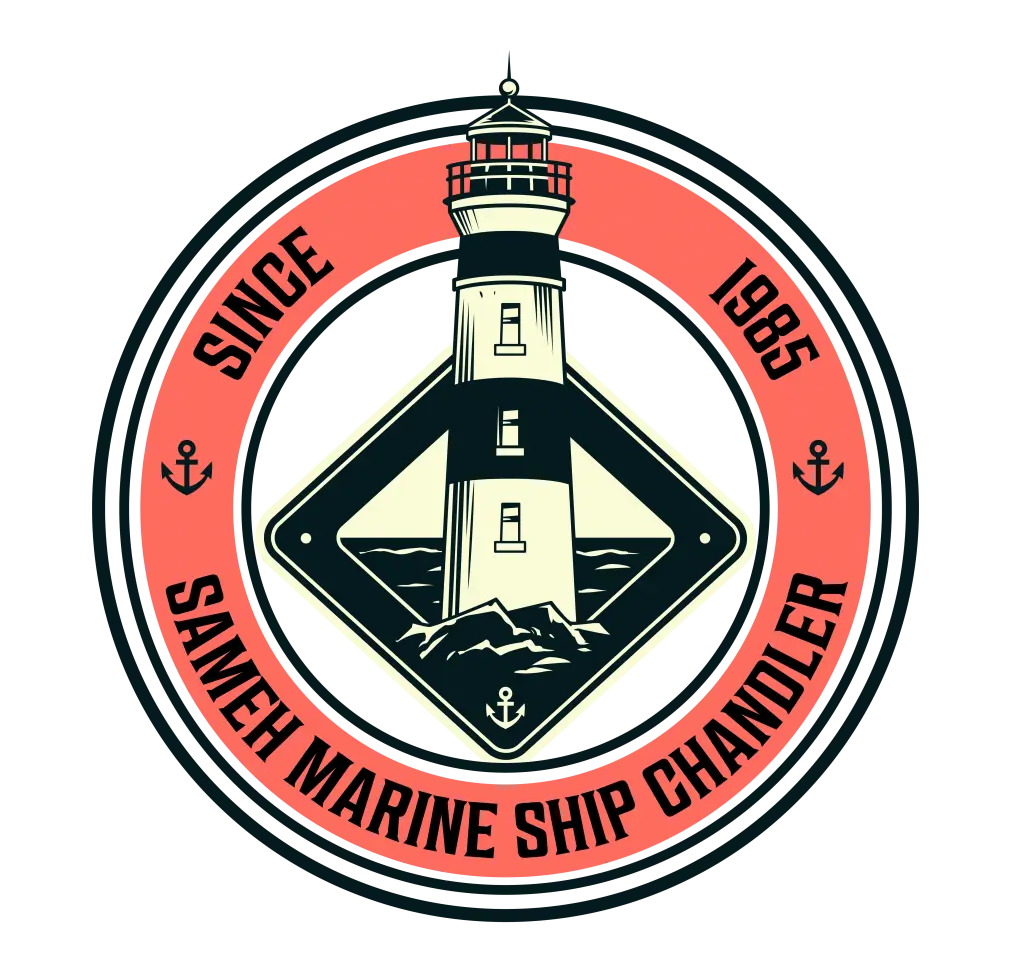Introduction
Underwater ship repair is an essential aspect of marine maintenance, make sure the integrity and performance of sailing vessels in the world’s oceans. From routine inspections to complex repairs, the underwater environment presents unique challenges that require specialized skills and equipment. In this article, we examine the Secrets of Underwater Ship repair and opening the secrets behind this important maritime practice.
Learn About the Secrets of Underwater Ship Repair
Secrets of Underwater Ship Repair covers many aspects of moving hulls, propellers, and other underwater parts designed to deal with damage, corrosion, and wear. Historically, underwater repairs were performed by professional divers from Right Suez Canal Agency using simple tools and techniques. However, advances in technology have revolutionized this field, making underwater development more efficient and precise.
Underwater ship repair process
The underwater ship repair process has many different stages, each of which is important to the success of the task at hand. First, perform an assessment and rating to confirm concerns and determine treatment. This measure will include remotely operated vehicles (ROVs) equipped with cameras and sensors to provide detailed images and data below.
While we understand the damage, careful planning and preparation will be done before the restoration work. Use special tools such as hydraulic tools, pipe cutters, and cutters to make necessary Ship Engine Repair in Alexandria Port.
Specialized Equipment and Tools
Compliance with safety procedures and environmental controls throughout the process is important to protect both personnel and marine equipment. Operational ROVs play an important role in providing visual inspection capability in underwater operations. These ROVs are equipped with high-resolution cameras, sonar, and robotic arms that allow technicians to measure and inspect underwater structures.
In addition to ROVs, divers also rely on a variety of tools specifically designed to cut and weld underwater equipment. High-water hydraulic equipment allows boaters to cut through thick metal and precisely perform difficult repairs. Underwater welding techniques, including stick metal arc welding (SMAW) and gas tungsten arc welding (GTAW), are used to join scrap metal and restore the integrity of damaged areas.
Challenges and Solutions
Underwater ship maintenance presents many challenges, including poor visibility, harsh weather conditions, and the corrosive effects of seawater. Poor visibility can hinder inspection and repair work and require technicians to rely on recommendations and special lighting to navigate the underwater environment.
To solve these problems, we create new solutions with the best tools and anti-corrosion products. Ultrasonic thickness gauges and magnetic particle testing are used to measure metal thickness and detect defects with the naked eye. Additionally, the use of corrosion protection and cathodic protection, such as those provided by Sameh Marine, can help reduce the corrosive effects of seawater and extend the service life of underwater structures.
Safety Precautions
Safety is important during underwater ship repair work as professionals face the unique challenges that arise when working in such an environment and violence is present. Training and implementation of safety procedures is essential to reduce risk and prevent accidents.
Divers receive rigorous training in diving physiology, emergency procedures, and equipment to ensure their safety and well-being while working underwater. Conduct regular safety checks and pre-dive inspections to ensure equipment integrity and identify hazards before they escalate to an emergency.
Research and Good Stories
Many important studies have demonstrated the importance and effectiveness of Secrets of Underwater Ship Repairin managing marine construction and ensuring the safety of ships. For example, underwater welding technology was used to repair a cargo ship with a damaged hull, allowing the ship to continue its planned operations without delay.
Similarly, timely inspection and repair of coastal works prevent major damage from occurring. Environmental damage has highlighted the importance of underwater protection in the western region. These success stories demonstrate the knowledge and skills of underwater professionals to overcome challenges beneath the waves.
Environmental Impact and Sustainability
Environmental management is important in the maintenance of submarines where work will be carried out that will affect the polluted waters of the sea and coastal areas. Measures to reduce environmental impact include using biodegradable oils, environmental cleaners, and adherence to best practices in waste disposal and pollution prevention.
Also use sustainable materials and practices, such as recycled metals and low-energy products. Impact-resistant coatings contribute to the long-term sustainability of underwater activities.By taking into account the important role of the environment, the marine industry, including ship suppliers like Sameh Marine, can reduce its ecological footprint and preserve the health and biodiversity of the marine environment for future generations.
Future Trends and Modifications
Looking ahead, the future of underwater vessel maintenance must continue with innovation and success. New technologies such as underwater drones, 3D printing, and automated inspection systems are expected to revolutionize the field, increasing efficiency, accuracy, and safety in the post-water workplace.
Additionally, ongoing research on alternative fuels and propulsion systems can reduce the environmental impact of ocean shipping, making the ocean clean and sustainable. Collaboration between business partners, government agencies, and institutions is crucial to driving progress and meeting the evolving needs of the maritime industry.
Conclusion
In summary, underwater ship maintenance is a major and important maritime discipline requiring expertise, innovation, and commitment to safety and environmental responsibility. By understanding the complexities of underwater remediation and using new technologies, the maritime community can ensure the reliability and sustainability of the world’s ocean infrastructure. As we address the challenges and opportunities of the subsea landscape, the secrets of underwater ship repair continue to be revealed and shape the future of marine repair for generations to come.
